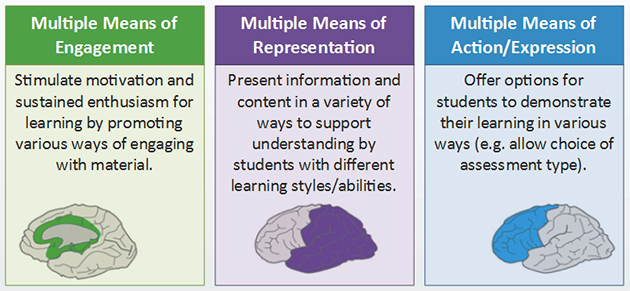Learning is NOT One Size Fits All!

An article I recently came across that talked about culturally inclusive instructional design have really moved an agony that I have experienced as a trainer and trainee. In this article the author Pamela Hogle points out that translating the content is not enough, and I can’t agree more. Coming from a Middle Eastern background and taking part in various international dialogue forums I greatly understand the impact of culture on how we communicate and learn.
Unfortunately, I have witnessed local companies spending big budgets on buying or exporting translated training material from other countries and expect to get great results and achieve the desired learning objectives, only to find out that the trainees’ feedback is negative and the money they spent is almost gone to waste. What some of the companies don’t realize is that training is not a copy paste solution, and good learning experiences cannot be 100% commercialized.
Good learning material depends greatly on the amount of research and analysis spent on understanding and learning about the learner and their context. Therefore, buying a translated learning material or curriculum is not the solution for effective learning. Culture is more than language, it includes body language, tone of voice, phrases used, values, ethics, and much more.
In her article, Pamela shares some insights from the book Culturally Inclusive Instructional Design on how culture affects learning. The ways how culture impact learning take in motivation and what moves learners to learn, how the role of teacher is perceived, the willingness to engage in activities, how is success and failure perceived, and if working collaboratively or individually is preferred. All of these dimensions can’t be filled by merely translating the language.
There is no doubt that designing learning material for a culturally diverse group can’t accommodate all the individual differences, but deploying the proper framework when designing the material is a good way to start. In her article Pamela explains why universal design for learning (UDL) is an effective framework to build training or eLearning for international or culturally diversified audience. UDL’s three principles of providing multiple means of representation, action and expression, and engagement, can be the solution to creating more culturally sensitive learning.

Also from my side, I find that having a diversified team of instructional designers to create learning material for international learners can help in identifying cultural based learning differences, and if a material needs to be translated, I suggest having a local instructional designer from the targeted culture to help in translating the unspoken content.
I suggest you take a look at Pamela’s article UDL Is the Key to Culturally Inclusive Instructional Design for more on how UDL principles work to create culturally inclusive learning material.
On the other hand, I wonder if you have a relevant experience to share; I would love to hear your point of view.
Featured image by Gerd Altmann from Pixabay
One Comment